Performax Labs, the longstanding science-based supplement brand with hard-hitting, powerful formulas, has been a touch quiet after coming off of a massive recharge with some incredible pre-workout (HyperMax and VasoMax) and weight loss (OxyMax) formula updates. They took a breath to upgrade their location, and now it's time to get back to the basics, with protein.
However, this protein isn't your standard basic powder, since it's bolstered by Velositol and a potent protein digestive enzyme blend.

Performax Labs ProWheyMax is out, and it's a WPC-80 / WPI-90 whey protein blend boosted by Velositol and DigeZyme!
ProWheyMax from Performax Labs: Better muscle protein synthesis
We're talking about the new Performax Labs ProWheyMax, a whey protein blend that does more than the average protein powder. With the inclusion of muscle protein synthesis boosting Velositol and added digestive enzyme support, you can expect to get more out of your shake compared to the standard whey powder.
Launching in four enticing flavors, ProWheyMax is a replacement for Performax Labs' previous whey protein, IsoWheyMax. With ProWheyMax, we get a better value, and some extra benefits thanks to the blend of whey protein concentrate 80% (WPC80) and whey protein isolate (WPI90) inside.
It's all about protein intake - each and every day
The research is settled: high-protein diets are the key to health, strength, and good body composition.[1-5] The quantity and bioavailability of the protein we eat is a big part what determines our body's rate of muscle synthesis,[3] and the thermogenic effect of protein, which is much larger than that of either carbs or fats, goes a long way towards us maintain and achieve a healthy weight.[3]
With that in mind, protein supplements are something that we should all consider adding to our dietary regimen. And Performax Labs makes a fantastic argument that ProWheyMax is the best option to do that. We dig into the science behind these ingredients below, but first, check PricePlow's deals and Performax Labs news alerts:
Performax Labs ProWhey Max – Deals and Price Drop Alerts
Get Price Alerts
No spam, no scams.
Disclosure: PricePlow relies on pricing from stores with which we have a business relationship. We work hard to keep pricing current, but you may find a better offer.
Posts are sponsored in part by the retailers and/or brands listed on this page.
This area is reserved for Team PricePlow's upcoming videos.
Subscribe to our channel and sign up for notifications so you catch it when it goes live!
A single 33 gram scoop of ProWheyMax yields the following macros and ingredients (which will change a touch based upon flavor):
ProWheyMax Macros

In ProWheyMax, 2 extra carbs come from Velositol to help boost muscle protein synthesis through an added kick of insulin action!
-
Calories: 130
-
Protein: 24g
-
Total Carbohydrate: 5g
-
Sugars: 1g
-
-
Total Fat: 2g
As you'll see, 2 of the 5 grams of carbohydrates come from Velositol, which, when combined with its chromium complex, will help enhance muscle protein synthesis through improved insulin signaling.
ProWheyMax Ingredients
-
Whey Protein Blend - 30g
Whey protein is an excellent form of dairy protein that comes from cow's milk: it's highly bioavailable,[6] fast-acting, and highly insulinogenic, which in the context of recovery from exercise is a very good thing. Compared to plant-derived protein supplements, whey is significantly higher in essential amino acids, the ones which our body can't synthesize on its own, and must get from diet.[7] Research indicates that whey supplements, when combined with a nutrient-dense, high-protein diet of whole foods, further improve body composition and strength in both men and women.[8-11]
But what do whey protein concentrate and whey protein isolate mean?
-
Whey Protein Concentrate (WPC80)
Whey protein concentrate is a grade of protein powder that can be standardized to anywhere from 34-80% protein by weight. Here, we can see that Performax Labs is using the highly-heralded WPC80, meaning it's at the upper-end of this classification -- 80% protein by weight. So it's undergone some purification and filtration, but not as much as the next ingredient (which is 90% protein by weight).
Why is this such a great thing? Because we actually don't want just protein in our protein powders -- with whey protein concentrate, we can keep some additional active health-beneficial constituents from the dairy, like lactoglobulins, immunoglobulins, and lactoferrin.[12,13] These are beneficial for the immune system -- remember, milk/dairy is built for growth and health.
-
Whey Protein Isolate (WPI90)
With whey protein isolate, the whey fraction of milk has been run through additional filtration after separation in order to remove as much of the residual fats and sugars as possible. In the case of ProWheyMax, we get a whey protein isolate that's about 90% protein by weight.[14] The result of this purification is that the supplement can be used flexibly -- whether you are cutting carbs or cutting fat, this protein is pure enough that you can easily fit it into your macros.
Long story short: a good whey protein, so long as you don't have any dairy sensitivities, is an easy, no-brainer way to move your macros towards the higher end of the protein spectrum, which will yield many benefits for your physical health. And if you have some dairy sensitivity, using higher protein yields like what we have here is the way to go (although those who are extremely lactose intolerant will probably want to continue to stay away from dairy altogether).
-
-
Velositol (Chromium/Amylopectin Complex) - 2000mg
It makes perfect sense to throw Velositol into a high-end protein powder like ProWheyMax, since Velositol is designed to increase protein utilization and muscle synthesis. Developed and patented by Nutrition21, Velositol is a chromium complex combined with amylopectin, a starch that modulates the insulin response and boosts the synthesis of muscle protein when taken with dietary protein.[15]
A 2017 study comparing Velositol+whey protein to whey protein alone found that the Velositol+whey group had significantly increased muscle synthesis after a single dose taken immediately after a workout.[16] The interesting thing to note about this study is that it used very small doses of whey protein, nothing close to the 25 grams you get in a scoop of ProWheyMax.
Although the impact of Velositol on muscle synthesis when is disproportionately bigger when combined with lower doses of protein,[17] it does increase muscle synthesis at larger doses of protein as well.[17] Velositol have higher levels musclin, a myokine (muscle messenger) that's released during exercise, and initiates hypertrophic muscle synthesis.[18]
In fact, a recent double-blind, placebo-controlled study showed that Velositol, when combined with just 15 gram doses of whey, increased subjects' maximum squat reps, vertical jump power, and vertical jump height.[19,20]
Learn a bit about Velositol from Nutrition21's R&D Director
In episode #055 of the PricePlow Podcast with Nutrition21's R&D Director Sara Ojalvo Perez, we get a quick sound bite that perfectly explains how Velositol works. Listen to it at the 16:38 timestamp:
More about the chromium itself
The chromium inside of Velositol helps regulate the insulin response to rising blood glucose levels,[21-23] and chromium picolinate in particular (which is used in this supplement) has been shown to improve blood sugar and insulin sensitivity, especially in pre-diabetic or insulin-resistant people.[24,25]
Made by Nutrition 21, the experts in Chromium and Insulin management, Velositol can boost Muscle Protein Synthesis by using chromium and a 'tickle' of insulin-spike from amylopectin!
With this in mind, we shouldn't be surprised to learn that people who supplement with chromium have a smaller chance of developing type 2 diabetes,[26] whereas people with chromium deficiencies are at a significantly higher risk for the so-called "metabolic syndrome."[27] Chromium is also good at defatting tissues where fat doesn't belong,[28] such as the liver.
Looking at the supplement facts label for ProWheyMax, we can see that Velositol's chromium histidinate and chromium picolinate are enough to get you to an incredible 1000 microgram dosage of chromium - over 2800% the recommended daily value to avoid deficiency. This is an incredible number because we've seen such doses support improved body composition, better carb/glucose metabolism, cardiovascular health, reduced cravings, improved mood, and even better cognitive function! This is the dose to get as much research-backed science as possible.
If you're interested in learning more about Velositol, check out our articles entitled Velositol: Enhancing Muscle Protein Synthesis with Science and Velositol Increases Exercise Performance: New University Study Published. And if you're interested in the Chromium research, read our articles on Chromium Picolinate.
-
DigeZyme (Alpha-Amylase, Lactase, Cellulase, Protease, Lipase) - 100 mg
A new upgrade from IsoWheyMax, Performax Labs decided to go with the fully-featured DigeZyme digestive enzyme blend, which has alpha-amylase to break down starches, lactase to help break down lactose (milk sugars), cellulase to help break down plant fibers, protease to help break down protein, and lipase to help digest fats/lipids.
Protease is the "standard" protein digesting enzyme, which basically improves the digestion and absorption of protein, thus making it more bioavailable. In terms of sports nutrition supplements like ProWheyMax, the use of proteases has been shown to help minimize damage and soreness in the muscles after hard exercise, and improve recovery.[29,30]
With this blend, we get a bit more than your average protease-based supplement... and certainly get more than the average whey protein isolate shakes that generally don't include any digestive enzymes at all!
-
Other Ingredients: Consider what's not inside
IsoWheyMax was sweetened with sucralose (no Ace-K!) and thickened with cellulose gum, which is a unique profile that contains no guar gum and no xanthan gum. We're awaiting what ProWheyMax' label will have!
Also known as Maral Root and Russian leuzea, Rhaponticum Carthamoides is a plant with a massive list of muscle-boosting phytoecdysteroids inside -- and in higher concentrations than the acclaimed Ajuga Turkestanica plant. We explore this powerful source and explain why Performax Labs used a targeted yet full spectrum extract in their MassMax muscle builder.
As for calcium, phosphorus, magnesium, sodium, and potassium -- these minerals are listed because they've been provided by the above ingredients themselves - namely the whey. These minerals are great to have in any supplement that's intended to support physical performance and recovery, since they're lost in sweat and consumed in metabolic processes.
For example, sodium, despite its bad (and generally false) reputation, is needed in adequate quantities for muscle contraction to occur.[31] Lacking adequate sodium will lead to subpar performance and recovery,[32] so if you feel like your levels strength and endurance are lower than usual, increasing your sodium intake is one of the first easy fixes you can try.
Flavors available
Performax Labs brought whey protein up a notch with these flavors:
It's all about high-protein diets and avoiding toxic oils
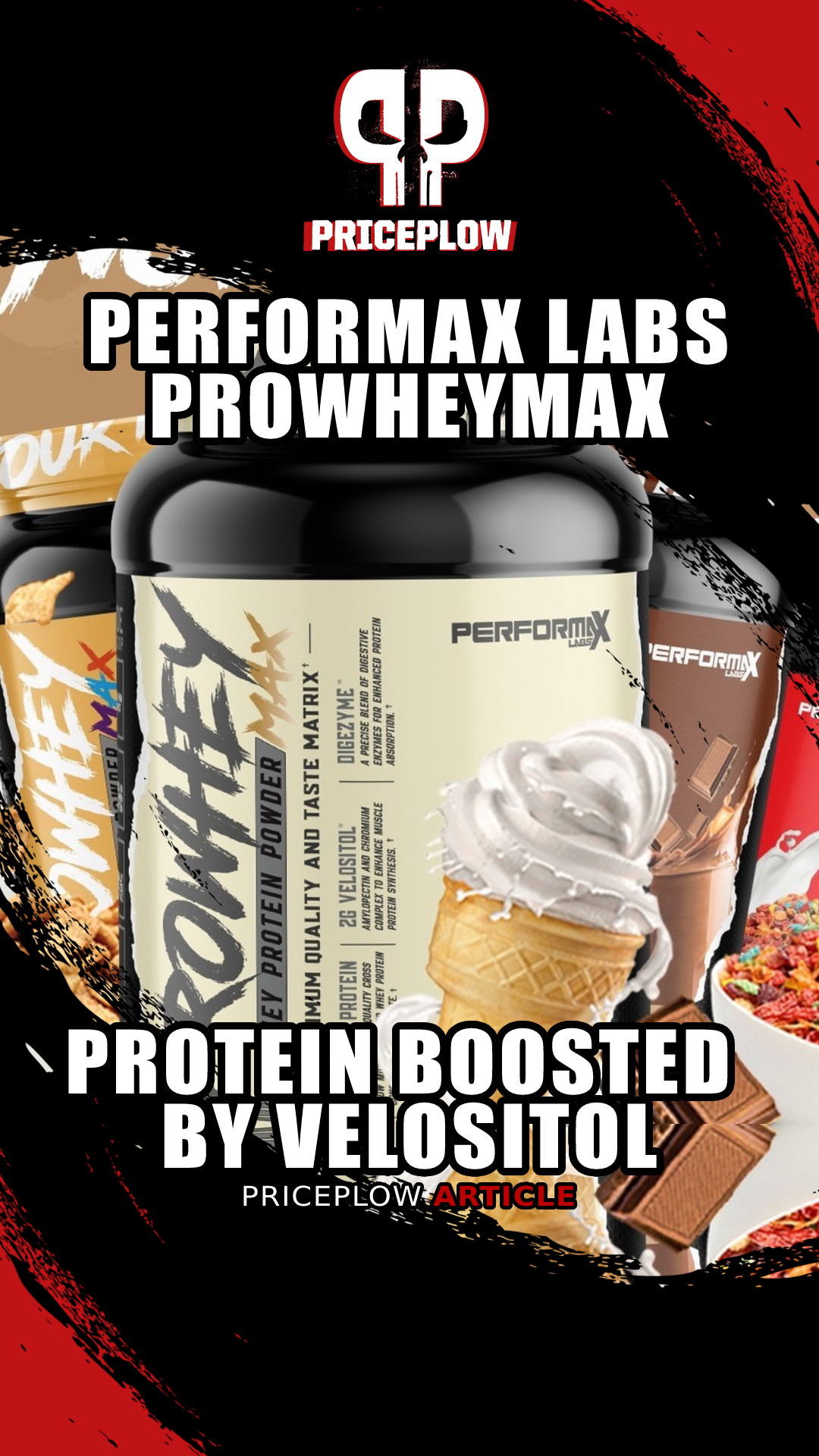
The macro wars raged for decades with no clear resolution -- but what we're seeing in the industry today is the emergence of a broad consensus that low-fat or low-carb diets can both be effective, so long as they are high in protein (and low in the unhealthy fats, such as the omega-6-rich "vegetable oils" and other such poisons that slow our metabolisms).
Performax Labs makes a case for a best-in-show whey protein blend
We love and encourage high-protein meals, but once in a while, the sweet tooth kicks in. Don't succumb to it with candy - treat it with protein. And the cleanest way to do that -- without affecting either side of the carb or fat equation much -- is with a well-formulated whey protein shake. Thanks to the inclusion of Velositol, Performax Labs makes an argument for one of the most powerful whey protein shakes on the market with ProWheyMax.
Performax Labs ProWhey Max – Deals and Price Drop Alerts
Get Price Alerts
No spam, no scams.
Disclosure: PricePlow relies on pricing from stores with which we have a business relationship. We work hard to keep pricing current, but you may find a better offer.
Posts are sponsored in part by the retailers and/or brands listed on this page.

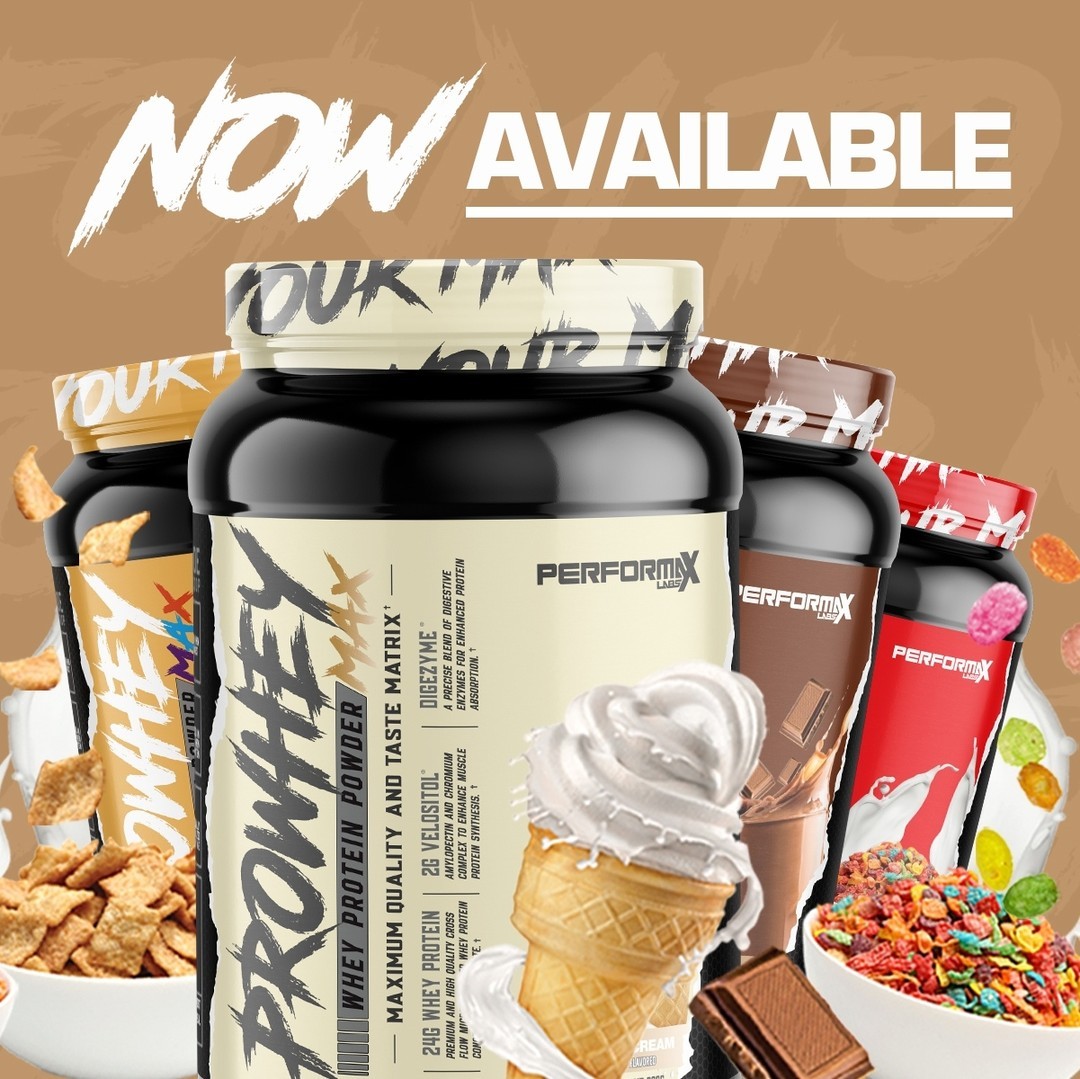
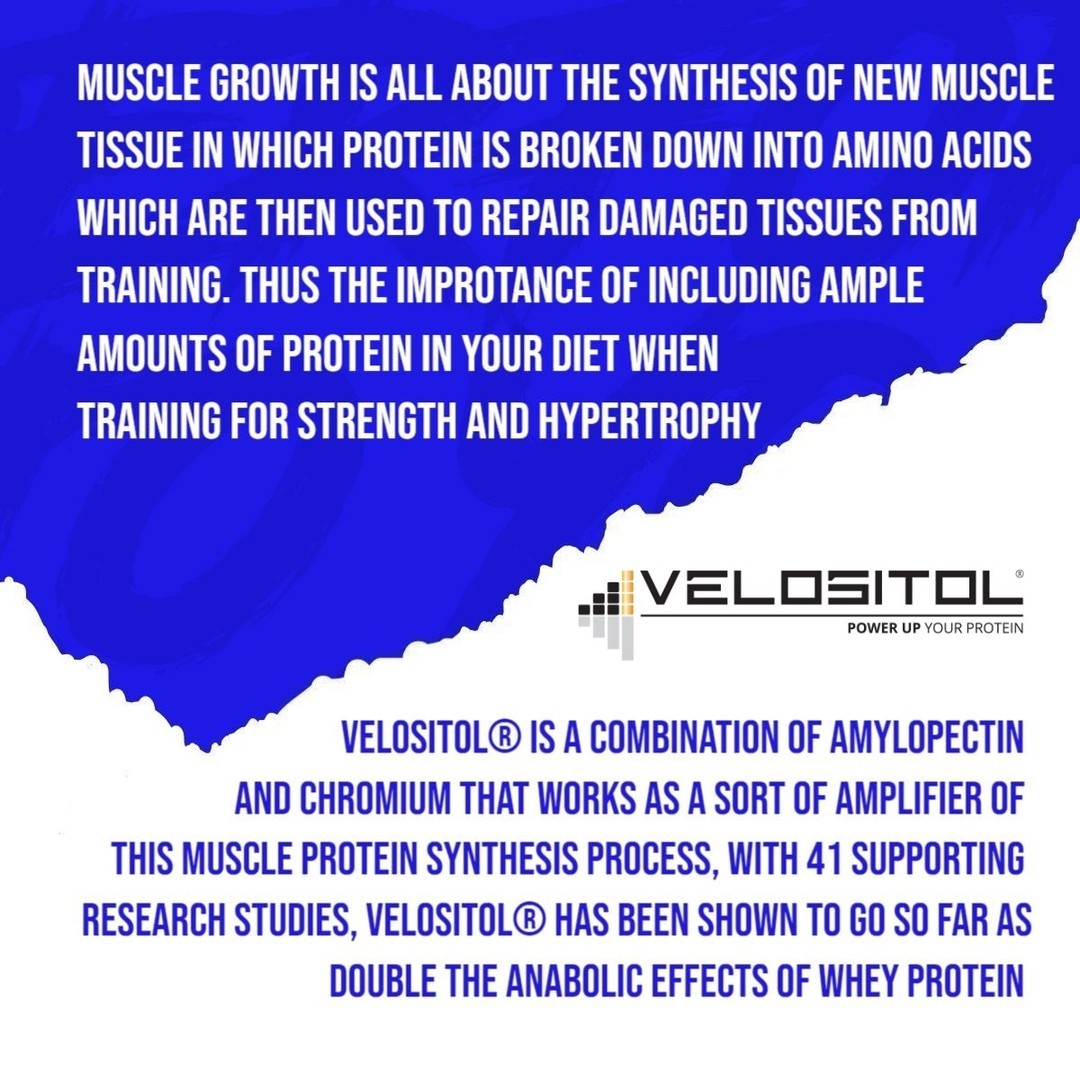
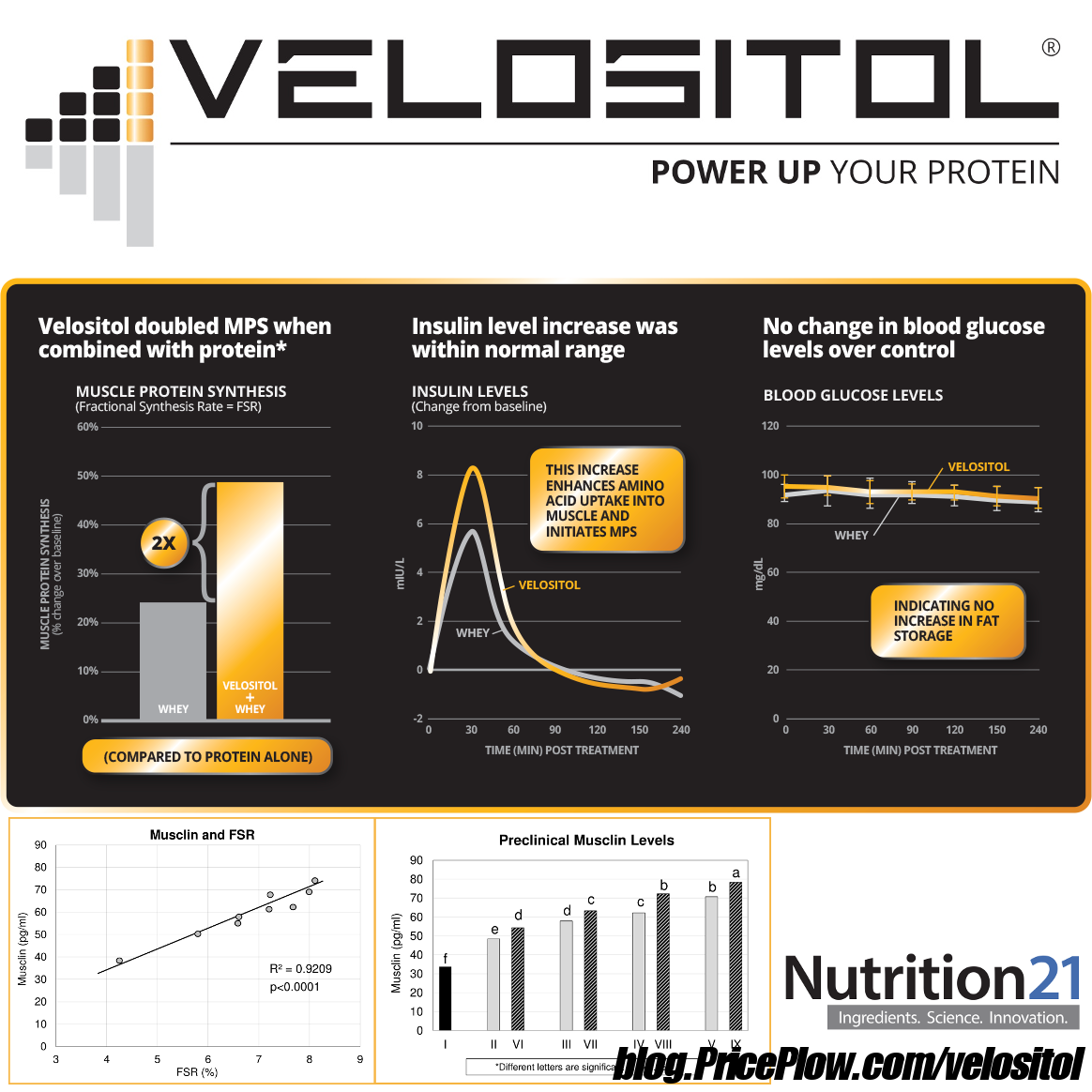
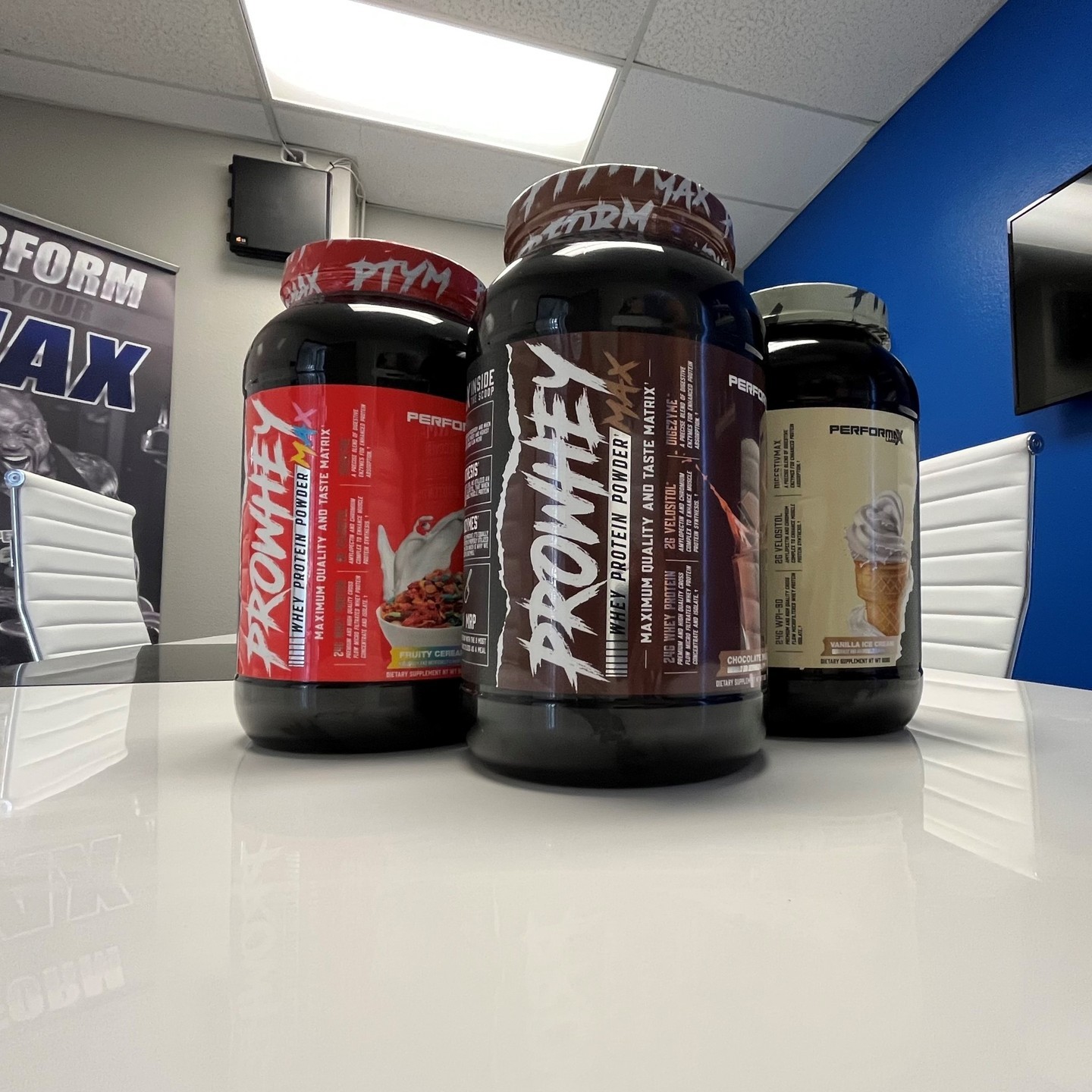
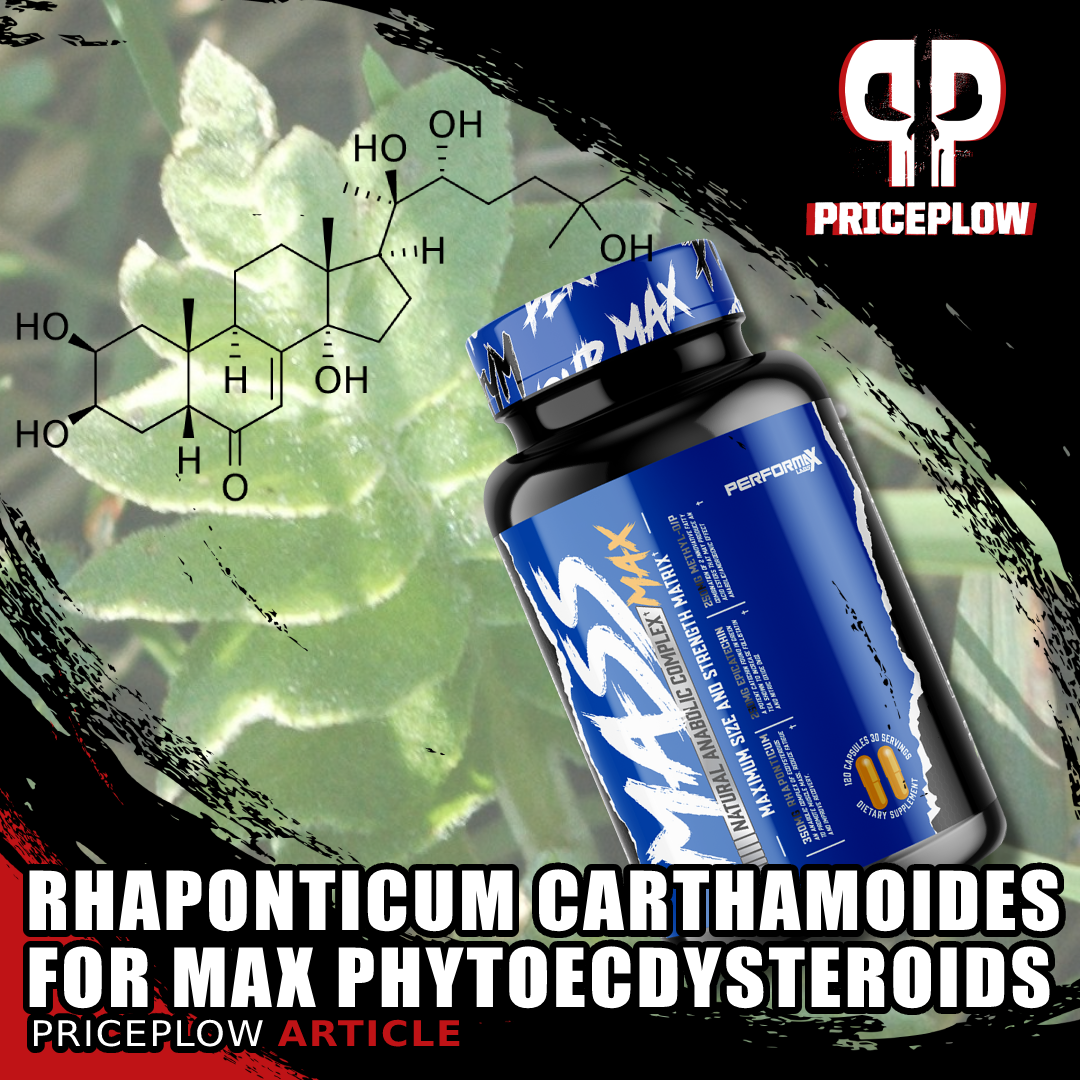


Comments and Discussion (Powered by the PricePlow Forum)